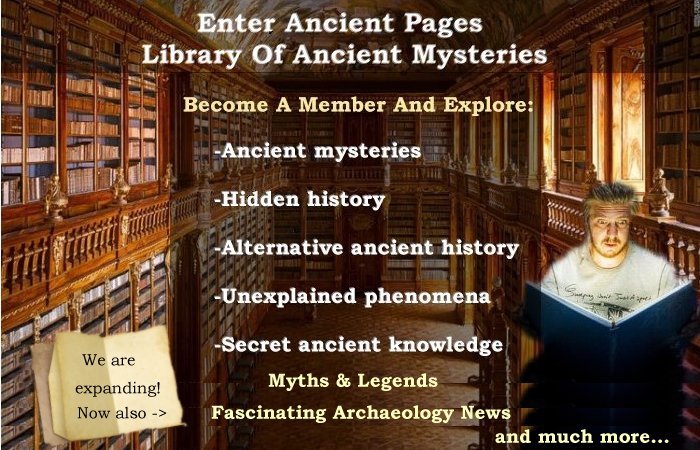A. Sutherland - AncientPages.com - The large stone cairn known as Bredarör (sometimes called the King's Grave), located outside Kivik in Scania (Skåne), served as a quarry for local residents for many years.
On June 14, 1748, two peasants gathering stones from the site unexpectedly uncovered a peculiar burial chamber.
Hoping to find treasures, the two men dug all night but found nothing. Rumors among the locals spread, and many believed that they had discovered a treasure. Soon, the two were imprisoned, suspected of stealing the grave's contents. Kivik’s Bredarör, constructed approximately 3,000 years ago, measures 75 meters in diameter and is regarded as one of northern Europe's largest Bronze Age graves. Its considerable size earned it the name "King's Grave."
Archaeological studies have revealed that Kiviksgraven has functioned as a burial ground for at least 600 years. This finding underscores the site's historical significance and its long-standing role in ancient burial practices.
This is a preview of our premium article available only to members of Ancient Pages.
Become a member to read more - Click here
If you are already a member and have logged in to your account, you can access the article here
See also:
Archaeologists Solve A 1,000-Year-Old Mystery Mentioned In Norse Sagas
Myth Of The Pale Sun Followed By A Catastrophe Confirmed By Archaeologists
Unusual Viking Secret Hidden Underground In California Reminds Of A Similar Discovery In Colorado








